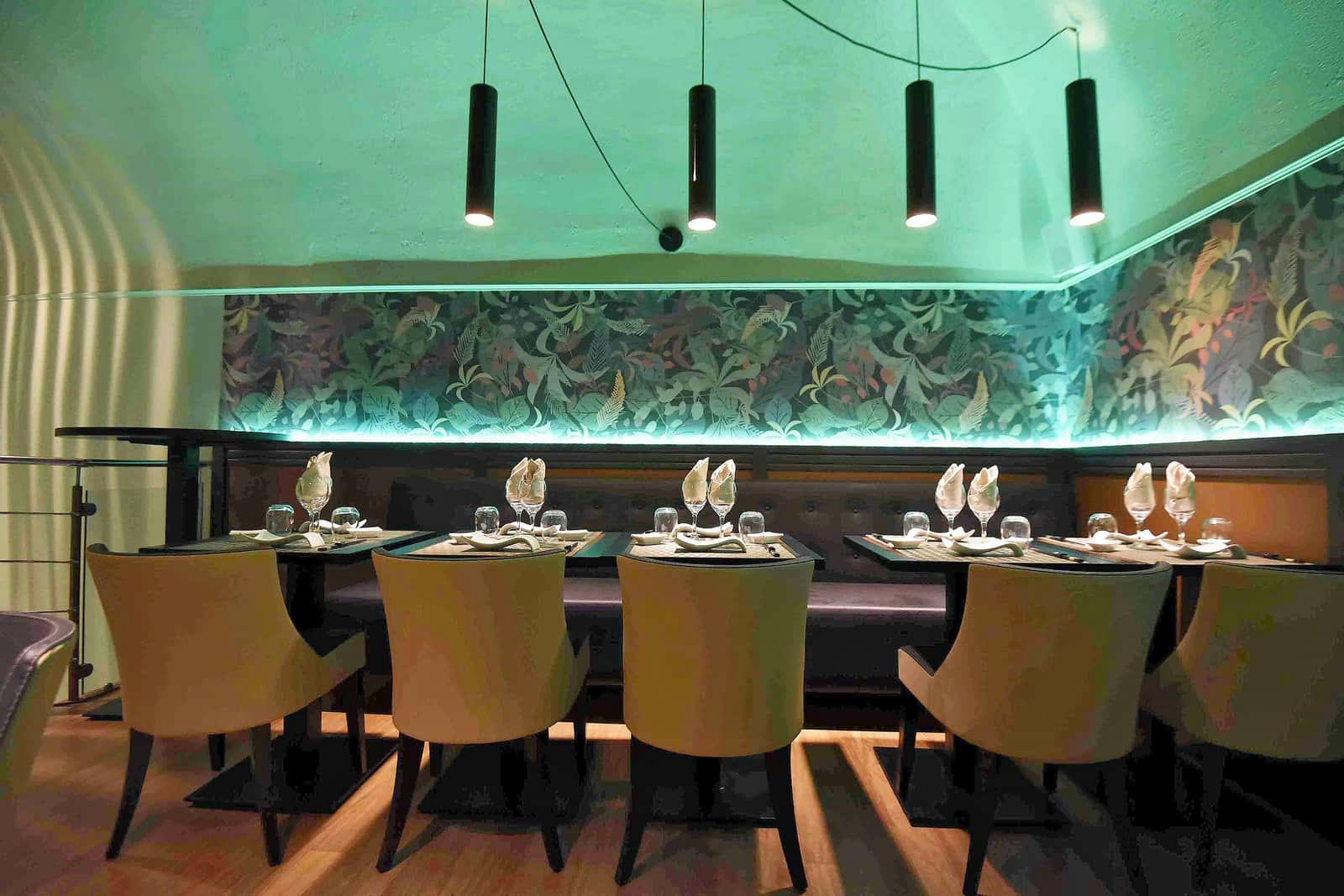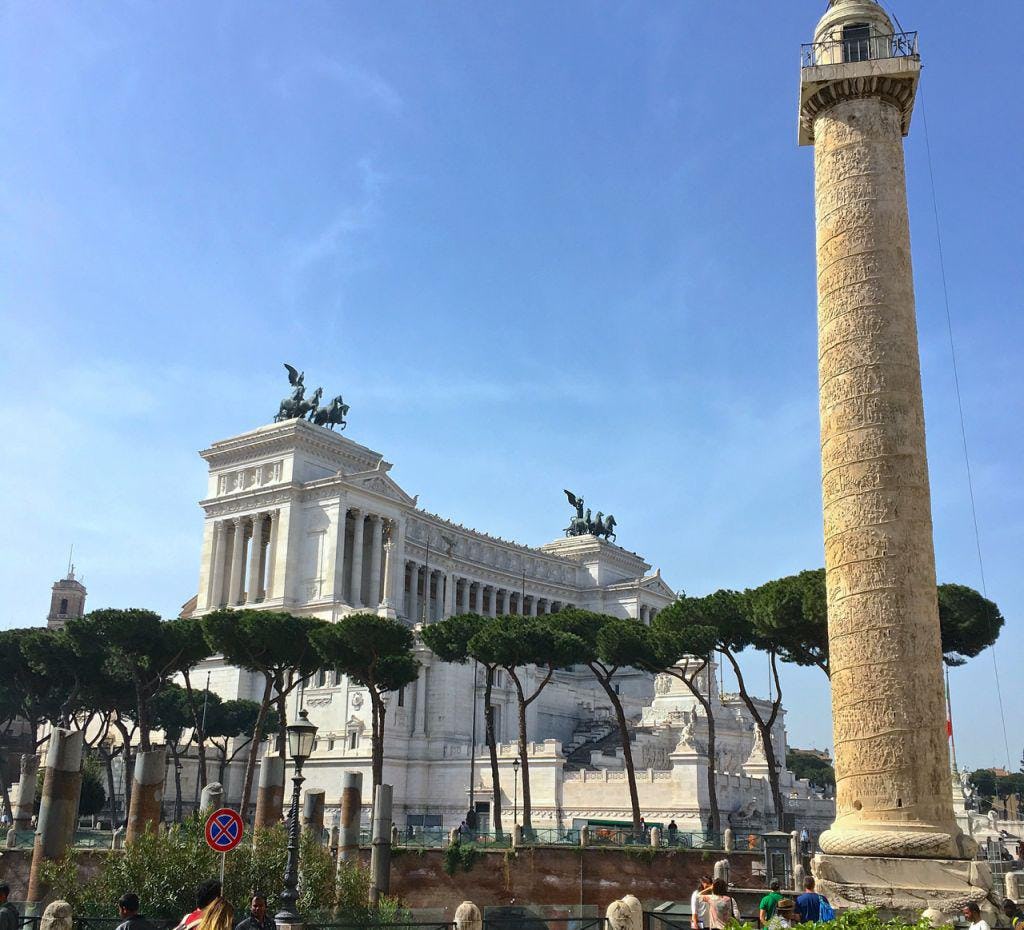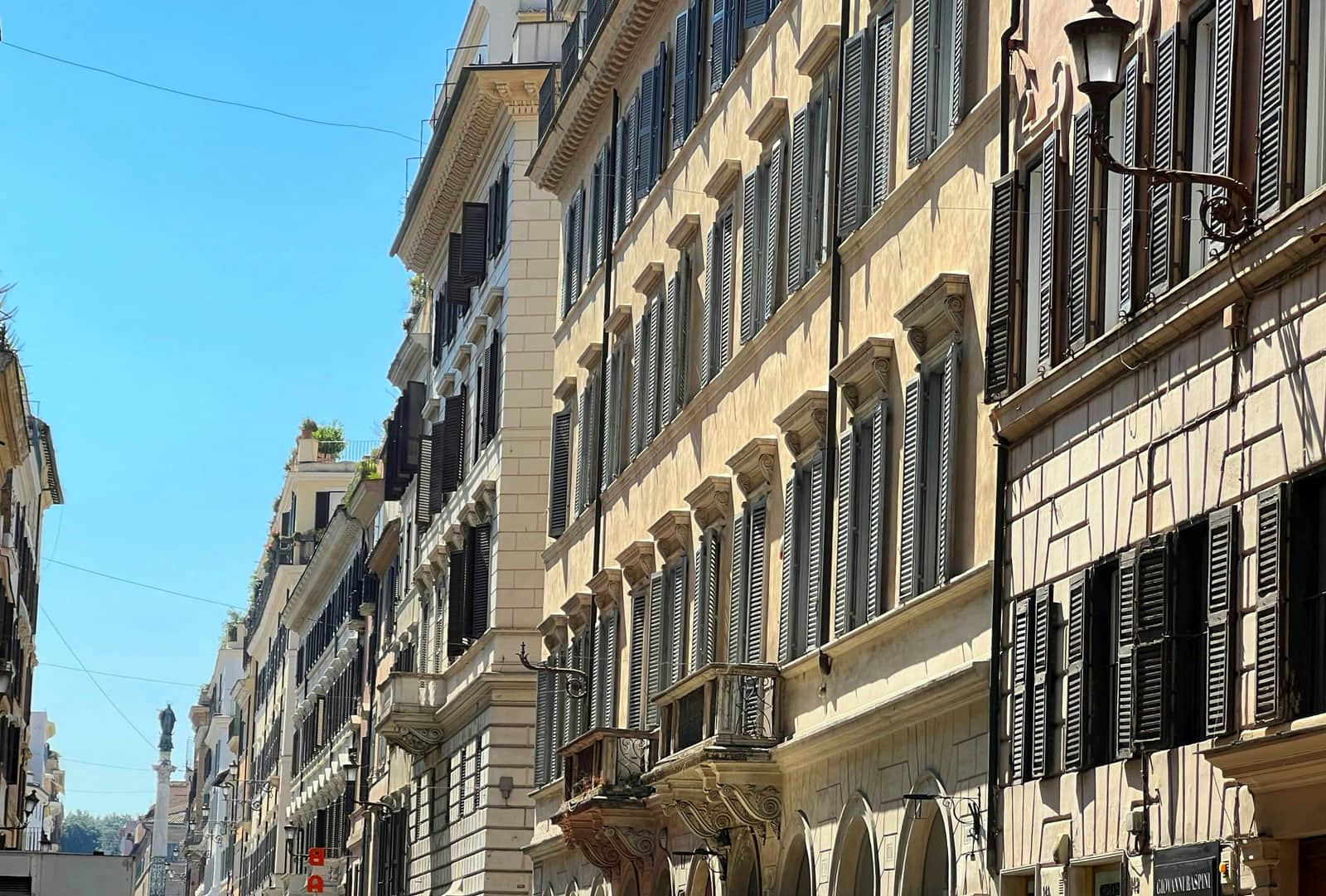- Loading...
Fascinating Home in the Renaissance Building
ROME, Historic Center, via di Monte Brianzo. In the beautiful bridge district, we place a magnificent home for sale, in one of the most interesting streets of the historic Roman center that runs parallel to the Lungotevere Marzio.
- Ref. SWE66
- 130 sqm.
- 2 Bedrooms
- 2 Bathrooms
ROME, Historic Center, via di Monte Brianzo. In the beautiful bridge district, we place a magnificent home for sale, in one of the most interesting streets of the historic Roman center that runs parallel to the Lungotevere Marzio.
Its position is unique and privileged: just a few steps from the most fascinating and refined sites of the historic center, such as Piazza Navona, Piazza di Spagna, Fontana di Trevi, Pantheon but also a few minutes, through Ponte Umberto I, at the Prati district, on the other side of the Tiber.
The house is located on the first floor of a historic Renaissance building with, quiet but bright, on the delicious street of the bear.
Finely restored and furnished, it measures approximately 130.00 square meters, distributed as follows.
A large entrance and reception area easily enters the housing areas. The living area consists of a double lounge, with dining area and living room, and a fully equipped habitable kitchen. To the left of the entrance, through a comfortable connection corridor, you enter the sleeping area consisting of two large bedrooms and two bathrooms with window and shower.
The beautiful properties complete, all the details that make it unique and fascinating, high ceilings with exposed beams, times, wardrobes and fixed furnishings ... in addition to an emotional atmosphere he already felt from access to the building through its delicious internal courtyard.
Try to believe.
Details:
Ponte district
Renaissance house
Nobile floor apartment
130.00 square meters covered
Ceilings with exposed beams
Air conditioning
High profitability
THE BUILDING
The building in via di Monte Brianzo, also known as the Renaissance house, has been identified as an example of Renaissance architecture. The original structure may have undergone changes over the centuries, but retains characteristic elements of the period. The building may have been built by incorporating elements of pre -existing buildings, the presence of a travertine base with a carved bull, found during construction works indicates, in fact, that the site was occupied by constructions even in previous eras.
THE ROAD
The history of this path appears to be troubled and uncertain: the doubt is linked to its toponym, with the hypothesis that can derive from the presence, in this area, of inhabitants from Brianza, a region known for the production and trade of wine. The way was, in the medieval and Renaissance age, an important way of communication along the Tiber between the Marzio and Tor di Nona campo: in those days it was called via delle Posterule or via delle Quattro Porte, to remember the openings, or Posterule, in the surrounding of the Aurelian walls that constituted the passage through which the goods entered the city from the river. The ancient Via delle Posterule changed its name in the fifteenth century when Pope Sixtus IV (1471-84) paved it by nameing it via Sistina; In the first half of the sixteenth century, under the pontificate of Paul III Farnese, he changed his name to via Trinitatis, the first stretch of that long reptifile which together with via della Fontanella di Borghese, via del Clementino and via dei Condotti led to the church of the Trinità dei Monti, until, a few years later, he took on the current name. The route was radically transformed after 1870 following the construction of the walls of the Tiber and the one that we can observe today is somewhat peculiar because at a certain point it doubles, tracing the ancient track on the lower part that ends in the way in the bare the bear, while the highest one is the result of the necessary alignment at the Lungotevere.
Via di Monte Brianzo connects Piazza Nicosia to Piazza di Ponte Umberto I, dividing into two districts: from via del Cancello to Piazza Nicosia at the Campo Marzio district, from via del Cancello to the Piazza di Ponte Umberto I belongs to the Ponte district, of which we now consider it the area to which they belong.
THE "RIONE PONTE"
The bridge district was, originally, an expanse of swamps, as Ovid in the glories recalls, a mysterious place, Sibillino and "swollen with ambushes". Near Ponte Vittorio Emanuele II was located the Tarentum, the place where, in the historical age, the sanctuary of Dite (or Pluto, God of the underworld) and Proserpina was located, whose underground altar was dissected on the occasion of each ceremony. Another archaeological memory was discovered in 1890 by Lanciani along the banks of the Tiber, at the height of Tor di Nona: they are the leftovers of a powerful landing pier for the marbles that served the monuments of Campo Marzio. Among the archaeological memories, the Elio bridge wins in beauty which, however, gave the symbol to the district. Pope Sisto IV of the Rovere was the first restorer of the district: he made all the streets sage and, in January 1480, he cleaned the area of Ponte S.Angelo from all dilapidated hovels, even if his most important work can be considered the construction of S.Maria della Pace. Many were the well -known characters who lived in the district: from Benvenuto Cellini, in 1519, to the genius of Borromini in 1615, from Carlo Maderno to Messer Agostino Chigi. Ponte was appointed V Rione of Rome on May 18, 1743, with Chiographer of Pope Benedict XIV. In the early 1900s, the regulatory plan of the "new" Rome operated in the various income districts that broke vast wounds to the ancient urban fabric. Nonetheless, this district has preserved its typical aspect with the Renaissance straights converging towards Ponte S.Angelo, managing to maintain a perfect balance between past and present.
Price
€ 1.200.000
- Loading...
Price



























































